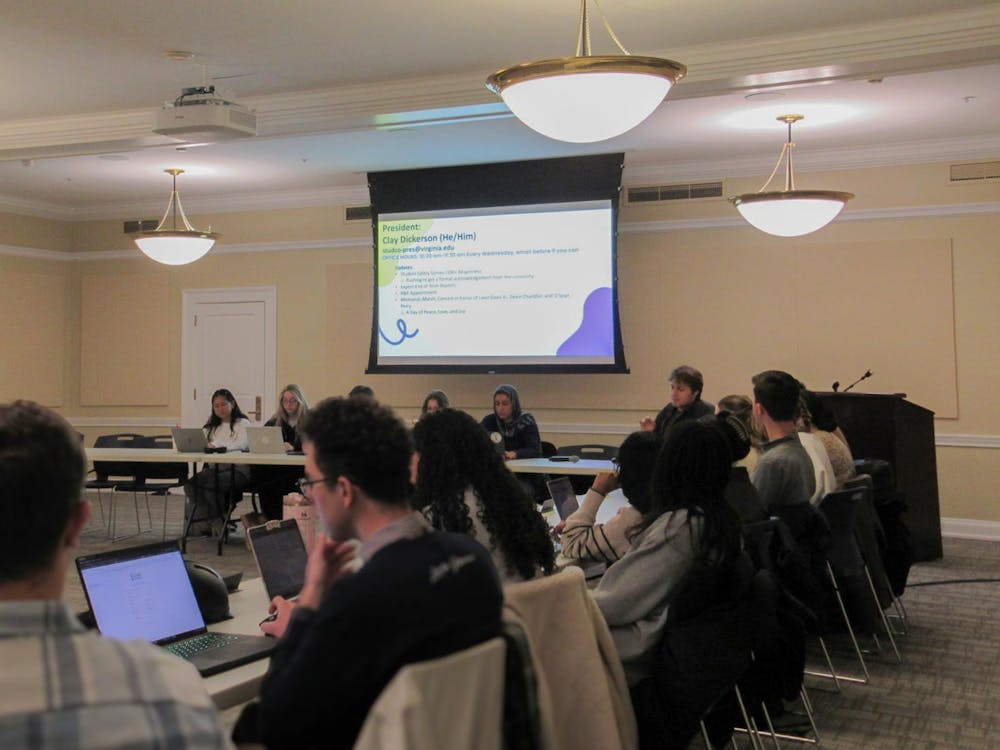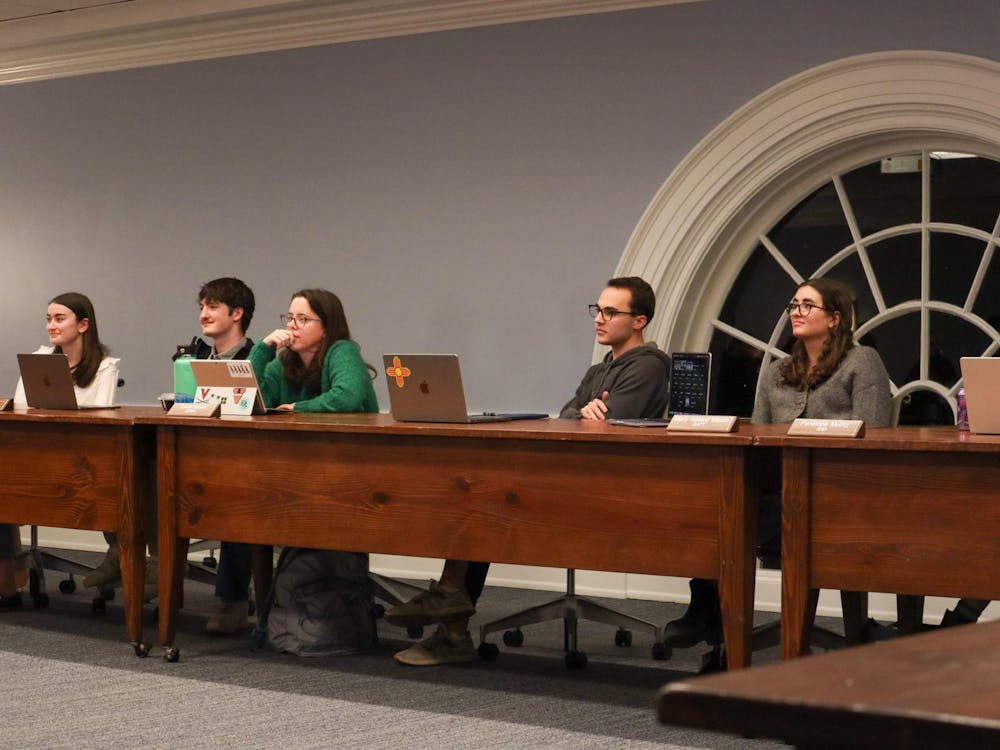The Educational Testing Service announced a new test for measuring college-student learning Monday, but University officials said they have not yet determined whether the test will be utilized here.
The Measure of Academic Proficiency and Progress will take the place of the Academic Profile, a similar test that was jointly owned by ETS and the College Board. The Academic Profile was instituted in 1987 but fell out of use last year when the ETS-College Board partnership disbanded, said Bill Wynne, product manager in the higher education division of ETS.
The arrival of the MAPP coincides with increasing demand placed on colleges and universities to both gauge and enhance how much students learn. The MAPP, which gauges students' reading, writing, critical thinking and mathematics skills, is meant to determine broad scholastic ability over knowledge of particular subjects, according to an article in Tuesday's Chronicle of Higher Education.
There are several improvements in the MAPP over its predecessor, according to Wynne. The MAPP can be taken online and provides more information, such as demographic data, than the Academic Profile.
In addition, ETS hopes the MAPP will give institutions a means of viewing their academic strengths and weaknesses, according to Wynne.
"We want to be able to promote institutional learning," Wynne said.
Some states even use such measurements to determine the amount of funding they will allocate to different institutions, the Chronicle reported. Vice Provost for Academic Affairs J. Milton Adams said the state of Virginia does not allocate resources based on test results.
"There are no state formulas that tie performance to state funding," Adams said.
The University did not use the Academic Profile but has implemented a variety of other programs over the years, including the National Survey of Student Engagement, Adams said.
The NSSE "measures anything from how you're involved in extracurricular activities to how many papers you write," Adams said.
Students who participate in the NSSE are chosen from a random sample of first and fourth-year students, sampling with greater frequency minorities and those who receive financial aid, according to Christian Steinmetz, a graduate intern at the Office of Institutional Assessment and Studies.
According to Adams, the University oversamples minorities and students who receive financial aid in order to receive a valid statistical sample of their results. Nationally, over 500 institutions distribute the NSSE.
Wynne said he is optimistic that colleges and universities will use the new exam.
"There were over 350 institutions using the Profile," Wynne said, "At the end of the first five years, we hope to at least double that number."
The University has yet to announce its plans regarding the MAPP, and Adams said he thinks the true measure of a student's learning comes after college.
"We often ask [employers], 'How are [University] graduates doing?'" Adams said. "The answers are usually pretty good."






